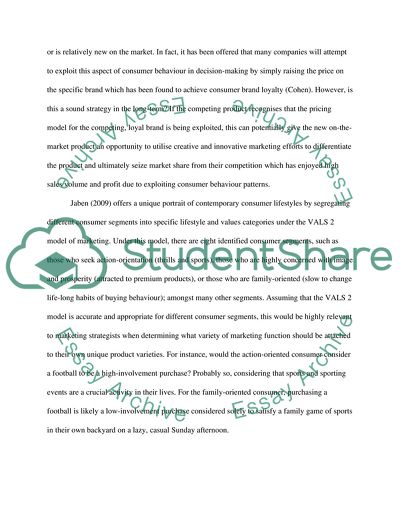Cite this document
(Consumer Psychology and Buyer Behaviour Coursework, n.d.)
Consumer Psychology and Buyer Behaviour Coursework. Retrieved from https://studentshare.org/marketing/1721518-marketing-consumer-psychology-and-buyer-behaviour
Consumer Psychology and Buyer Behaviour Coursework. Retrieved from https://studentshare.org/marketing/1721518-marketing-consumer-psychology-and-buyer-behaviour
(Consumer Psychology and Buyer Behaviour Coursework)
Consumer Psychology and Buyer Behaviour Coursework. https://studentshare.org/marketing/1721518-marketing-consumer-psychology-and-buyer-behaviour.
Consumer Psychology and Buyer Behaviour Coursework. https://studentshare.org/marketing/1721518-marketing-consumer-psychology-and-buyer-behaviour.
“Consumer Psychology and Buyer Behaviour Coursework”. https://studentshare.org/marketing/1721518-marketing-consumer-psychology-and-buyer-behaviour.


